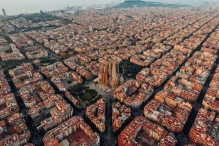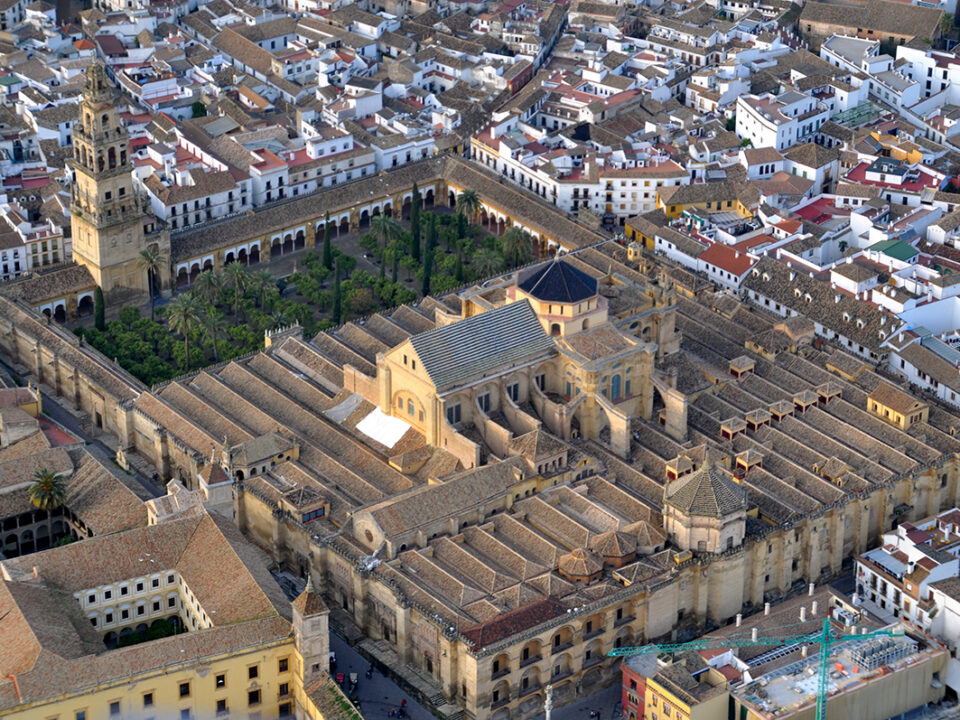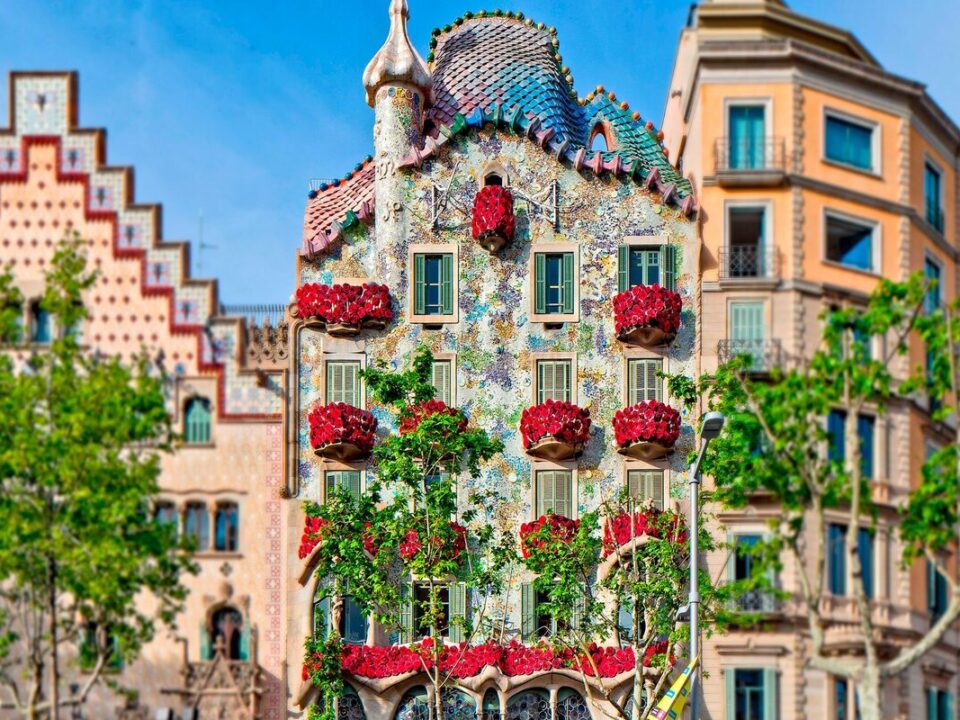Barcelona: A Vibrant Tapestry of History, Culture, and Modernity
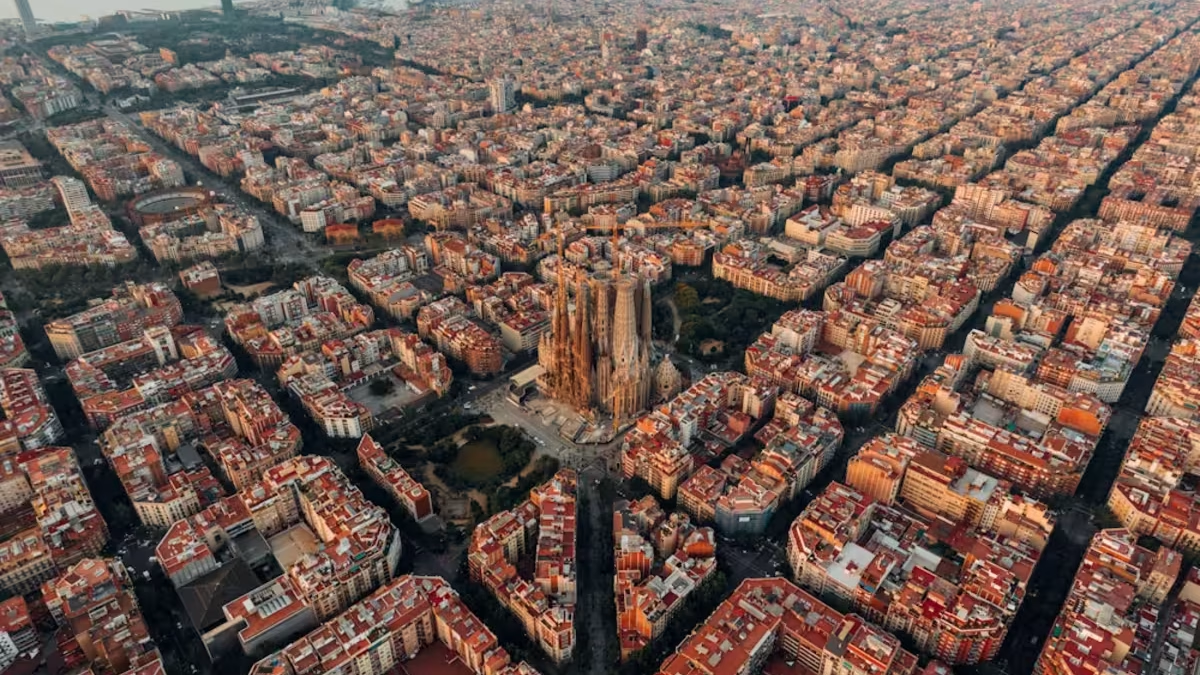
Barcelona: A Vibrant Tapestry of History, Culture, and Modernity
Barcelona, the cosmopolitan capital of Spain’s Catalonia region, is a city that harmoniously blends its rich historical heritage with a dynamic modern culture. Known for its stunning architecture, vibrant arts scene, and picturesque Mediterranean coastline, Barcelona attracts millions of tourists each year. This comprehensive article explores the history, attractions, lifestyle, economic significance, museums, cuisine, and must-see sights in Barcelona.
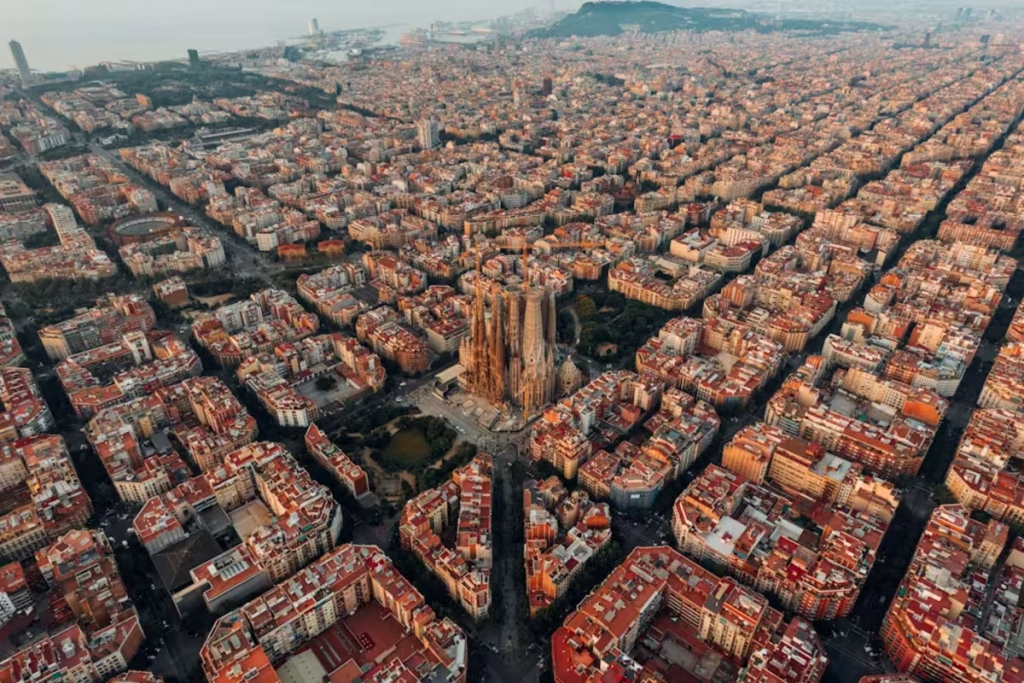
A Brief History of Barcelona
The origins of Barcelona date back over 2,000 years to its founding as a Roman colony named Barcino. The city’s strategic location on the Mediterranean made it an important center for trade and commerce throughout the Roman Empire. After the fall of the Western Roman Empire, Barcelona experienced various periods of rule by the Visigoths, Moors, and eventually the Carolingian Empire.
By the Middle Ages, Barcelona had become a significant maritime power and a key player in the Crown of Aragon. The city’s prosperity during this period is reflected in its Gothic architecture, including the magnificent Barcelona Cathedral. The subsequent centuries saw Barcelona grappling with political turmoil and economic fluctuations, particularly during the War of the Spanish Succession and the subsequent decline in the 18th century.
The Industrial Revolution brought renewed prosperity to Barcelona in the 19th century, transforming it into a major industrial hub. This period also marked the beginning of Catalonia’s modern cultural renaissance, known as the Renaixença. In the 20th century, Barcelona faced significant challenges during the Spanish Civil War and Francoist dictatorship but emerged as a vibrant and progressive city following Spain’s transition to democracy.
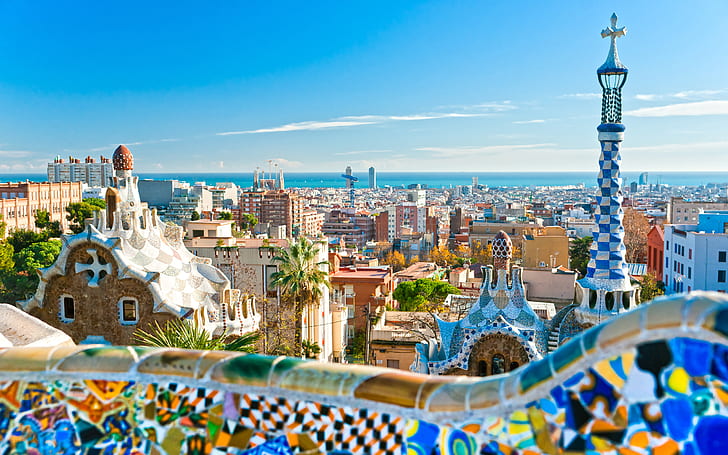
Architectural Marvels and Attractions
Barcelona is renowned for its architectural diversity, ranging from Roman ruins to Gothic cathedrals and modernist masterpieces. The city’s skyline is a testament to its rich cultural heritage and innovative spirit.
1. La Sagrada Família: Designed by the legendary architect Antoni Gaudí, the Sagrada Família is an iconic symbol of Barcelona. This basilica, which has been under construction since 1882, is a UNESCO World Heritage Site. Its intricate facades, towering spires, and stunning interior are a testament to Gaudí’s genius. Visitors can marvel at the Nativity Facade, the Passion Facade, and the Glory Facade, each depicting different aspects of Christ’s life.
2. Park Güell: Another Gaudí masterpiece, Park Güell is a whimsical garden complex featuring colorful mosaics, sinuous benches, and unique architectural elements. Originally intended as a residential project, the park is now a public space offering panoramic views of Barcelona and a glimpse into Gaudí’s creative mind.
3. Casa Batlló and Casa Milà (La Pedrera): These two buildings on Passeig de Gràcia showcase Gaudí’s distinctive style. Casa Batlló, with its undulating facade and vibrant tiles, resembles an underwater world, while Casa Milà, also known as La Pedrera, features a wave-like stone exterior and a rooftop terrace with surreal chimneys.
4. Gothic Quarter (Barri Gòtic): The heart of Barcelona’s old city, the Gothic Quarter is a labyrinth of narrow streets, historic buildings, and charming squares. Highlights include the Barcelona Cathedral, Plaça Reial, and the ancient Roman walls. The neighborhood’s mix of medieval and modern elements creates a captivating atmosphere.
5. La Rambla: This bustling boulevard stretches from Plaça de Catalunya to the Christopher Columbus Monument at Port Vell. Lined with shops, cafes, and street performers, La Rambla is a vibrant artery of the city. Key attractions along the route include the Gran Teatre del Liceu, the Boqueria Market, and the historic Café de l’Òpera.
6. Montjuïc: This hill overlooking the city is home to several cultural and recreational sites. The Montjuïc Castle offers panoramic views and historical insights, while the Magic Fountain hosts nightly light and music shows. The hill is also home to the National Art Museum of Catalonia (MNAC) and the Joan Miró Foundation.
7. Camp Nou: Football fans will appreciate a visit to Camp Nou, the home stadium of FC Barcelona. The accompanying museum showcases the club’s history, trophies, and memorabilia, offering an immersive experience for sports enthusiasts.
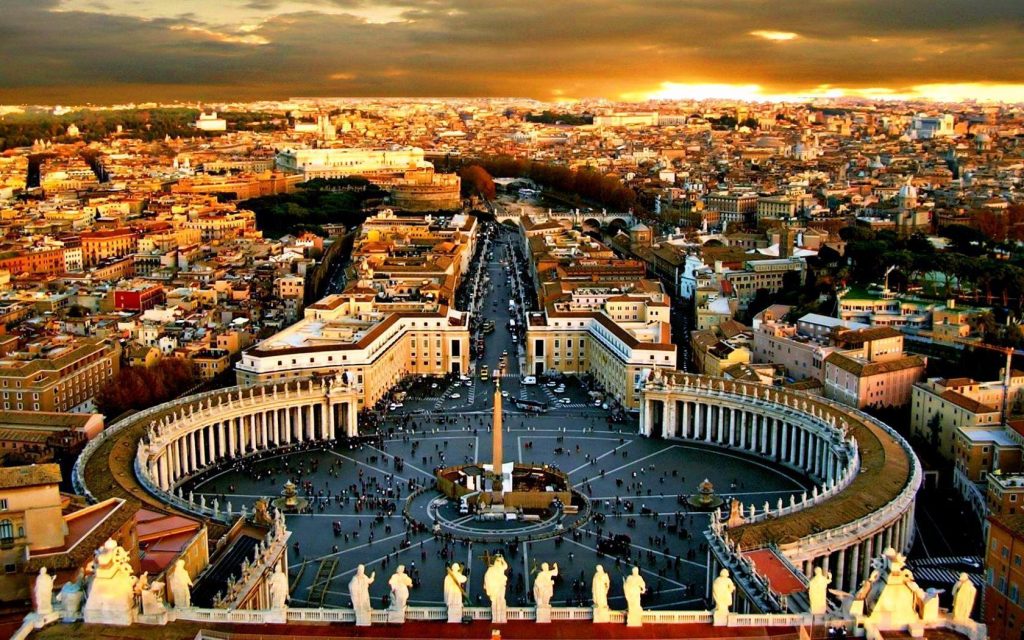
The Lifestyle and Culture of Barcelona
Barcelona’s residents, known as Barcelonans or Catalans, enjoy a lifestyle that balances work, leisure, and a strong sense of community. The city’s Mediterranean climate, with mild winters and hot summers, encourages an outdoor-oriented way of life.
Festivals and Traditions: Barcelona is a city that loves to celebrate. Throughout the year, numerous festivals bring color and excitement to the streets. La Mercè, the city’s biggest annual festival, honors the patron saint of Barcelona with parades, fireworks, and cultural events. The Festa Major de Gràcia sees the Gràcia neighborhood transformed with elaborate street decorations and concerts. Other notable events include the Sant Jordi Day, celebrating books and romance, and the Castells, human tower building, which is a remarkable display of teamwork and tradition.
Arts and Music: Barcelona has a vibrant arts scene, with numerous theaters, galleries, and music venues. The Gran Teatre del Liceu is a prestigious opera house, while the Palau de la Música Catalana, a UNESCO World Heritage Site, is renowned for its stunning modernist architecture and acoustics. The city’s cultural calendar is packed with events, from classical concerts and flamenco shows to contemporary art exhibitions and music festivals like Primavera Sound and Sónar.
Public Spaces: Barcelonans value their public spaces, which are integral to the city’s social fabric. Parks like Parc de la Ciutadella and Parc del Laberint d’Horta provide green oases for relaxation and recreation. The city’s beaches, including Barceloneta and Bogatell, are popular spots for sunbathing, swimming, and beach volleyball.
Cuisine: Barcelona’s culinary scene is diverse and delicious, reflecting its Mediterranean roots and cosmopolitan influences. Tapas, small plates of various dishes, are a staple of local dining, with popular options including patatas bravas, jamón ibérico, and pan con tomate. Seafood is abundant, with dishes like paella and suquet de peix (fish stew) being favorites. The city’s markets, such as the Boqueria and Mercat de Sant Antoni, offer fresh produce, meats, and local specialties. For dessert, try crema catalana, a custard topped with caramelized sugar.
The Economic Significance of Barcelona
Barcelona is a major economic hub in Spain and Southern Europe, with a diverse economy driven by sectors such as tourism, trade, technology, and manufacturing.
Tourism: Tourism is a cornerstone of Barcelona’s economy, attracting millions of visitors annually. The city’s rich cultural heritage, architectural landmarks, and vibrant lifestyle make it a top destination for international travelers. The tourism sector supports numerous businesses, from hotels and restaurants to tour operators and retail shops.
Trade and Industry: Barcelona’s port is one of the busiest in Europe, facilitating international trade and contributing significantly to the local economy. The city is also a center for manufacturing, with industries such as textiles, automotive, and pharmaceuticals playing vital roles. The Zona Franca industrial area and the 22@ innovation district are key economic zones supporting growth and development.
Technology and Innovation: Barcelona has emerged as a leading tech hub, fostering innovation and entrepreneurship. The city hosts the annual Mobile World Congress, one of the largest technology trade shows globally. Barcelona’s startup ecosystem is thriving, with numerous incubators, accelerators, and co-working spaces supporting new ventures. The city’s commitment to smart city initiatives and sustainable urban development further enhances its reputation as a forward-thinking metropolis.
Education and Research: Barcelona is home to several prestigious universities and research institutions, contributing to its knowledge-based economy. The University of Barcelona and Pompeu Fabra University are renowned for their academic excellence. The city’s research centers, such as the Barcelona Supercomputing Center and the Institute for Research in Biomedicine, drive innovation in various fields.

Museums and Cultural Institutions
Barcelona boasts an impressive array of museums and cultural institutions that celebrate its rich history, art, and science.
1. Museu Picasso: Dedicated to the works of Pablo Picasso, this museum houses one of the most extensive collections of the artist’s early works. Located in the Gothic Quarter, the museum provides insights into Picasso’s formative years and artistic evolution.
2. Museu Nacional d’Art de Catalunya (MNAC): Housed in the Palau Nacional on Montjuïc, the MNAC showcases a vast collection of Catalan art from the Romanesque period to the early 20th century. Highlights include Romanesque frescoes, Gothic altarpieces, and modernist masterpieces.
3. Fundació Joan Miró: This museum is dedicated to the works of Joan Miró, one of Catalonia’s most celebrated artists. The collection includes paintings, sculptures, and drawings, offering a comprehensive overview of Miró’s artistic journey.
4. Museu d’Història de Barcelona (MUHBA): The MUHBA preserves and displays the history of Barcelona from its Roman origins to the present day. The museum’s main site, located in the Gothic Quarter, features Roman ruins, medieval artifacts, and interactive exhibits.
5. CosmoCaixa: This science museum offers a hands-on learning experience for visitors of all ages. Highlights include the Flooded Forest, a replica of an Amazonian rainforest, and the Geological Wall, which showcases different types of rock formations.
6. Museu Marítim de Barcelona: Housed in the historic Drassanes Reials, the Royal Shipyards, this museum explores Barcelona’s maritime history. Exhibits include ship models, navigational instruments, and the full-scale replica of a 16th-century galley.
Gastronomy and Dining
Barcelona’s culinary scene is a gastronomic delight, offering a wide range of dining experiences from traditional Catalan dishes to innovative fusion cuisine.
Tapas and Pintxos: Tapas are an integral part of Spanish dining culture, and Barcelona is no exception. Popular tapas bars like El Xampanyet and Bar del Pla serve a variety of small dishes, perfect for sharing. Pintxos, a Basque-style of tapas served on bread with a toothpick, are also widely enjoyed.
Seafood and Paella: The city’s coastal location ensures a plentiful supply of fresh seafood. Paella, a traditional Spanish rice dish, is a must-try. Restaurants like Can Solé and 7 Portes are renowned for their delicious paella and seafood dishes.
Modern Catalan Cuisine: Barcelona is at the forefront of modern Catalan cuisine, with innovative chefs creating new interpretations of traditional dishes. Restaurants like Cinc Sentits and Disfrutar have earned Michelin stars for their creative menus and exceptional dining experiences.
Markets: Barcelona’s markets are a food lover’s paradise. La Boqueria, located on La Rambla, is the most famous, offering a wide variety of fresh produce, meats, seafood, and gourmet products. Other notable markets include Mercat de Sant Antoni and Mercat de la Concepció.
Desserts and Sweets: For a sweet treat, try crema catalana, a custard dessert with a caramelized sugar topping, or churros con chocolate, fried dough pastries served with thick hot chocolate. Bakeries and cafes throughout the city, such as Escribà and Chök, offer a tempting selection of pastries and sweets.
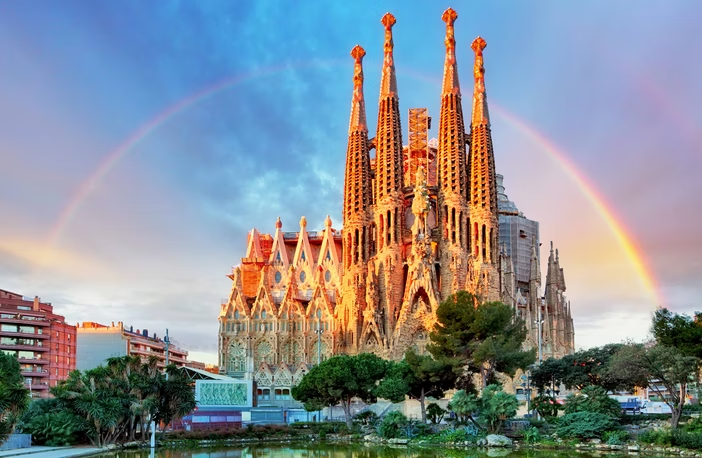
Must-See Sights for Tourists
Barcelona is brimming with attractions that cater to diverse interests, from history and art to nature and sports.
1. Sagrada Família: No visit to Barcelona is complete without seeing Gaudí’s masterpiece. The basilica’s intricate design and towering spires are awe-inspiring, and a guided tour offers deeper insights into its construction and symbolism.
2. Park Güell: This whimsical park is a must-visit for its unique architecture, colorful mosaics, and stunning views of the city. The park’s main terrace, adorned with a serpentine bench, is a perfect spot for photos.
3. Casa Batlló and Casa Milà: These two Gaudí-designed buildings are architectural marvels. Casa Batlló’s organic forms and vibrant colors make it a standout on Passeig de Gràcia, while Casa Milà’s undulating facade and rooftop sculptures are equally impressive.
4. Gothic Quarter: Explore the narrow streets and historic buildings of the Gothic Quarter, including the Barcelona Cathedral, Plaça del Rei, and the ancient Roman walls. The neighborhood’s mix of medieval and modern elements creates a captivating atmosphere.
5. La Rambla: Stroll down this lively boulevard, enjoying the street performers, shops, and cafes. Key attractions along La Rambla include the Boqueria Market, the Gran Teatre del Liceu, and the Mirador de Colom.
6. Montjuïc: Take a cable car or funicular to Montjuïc for panoramic views of the city and the Mediterranean Sea. Explore the Montjuïc Castle, the Magic Fountain, and the cultural institutions on the hill, such as the MNAC and the Joan Miró Foundation.
7. Camp Nou: Football fans should not miss a visit to Camp Nou, home of FC Barcelona. The stadium tour and museum provide an immersive experience, showcasing the club’s history, achievements, and memorabilia.
8. Beaches: Barcelona’s beaches, including Barceloneta, Bogatell, and Nova Icaria, are perfect for relaxing, swimming, and enjoying the Mediterranean sun. The beachfront promenades are lined with restaurants, bars, and shops.
9. Tibidabo: For a fun day out, visit Tibidabo, a hilltop amusement park with rides, attractions, and breathtaking views of the city. The park is home to the Temple Expiatori del Sagrat Cor, a beautiful church that can be seen from various points in the city.
10. El Born: This trendy neighborhood is known for its vibrant nightlife, boutique shops, and cultural attractions. Highlights include the Picasso Museum, the El Born Cultural Center, and the Basilica of Santa Maria del Mar.
Conclusion
Barcelona is a city that captivates visitors with its rich history, stunning architecture, vibrant culture, and dynamic lifestyle. From the genius of Antoni Gaudí’s architectural masterpieces to the lively atmosphere of its markets and festivals, Barcelona offers a unique blend of tradition and modernity.
The city’s economic significance, driven by tourism, trade, technology, and innovation, ensures its continued growth and development. Barcelona’s museums, culinary delights, and diverse attractions cater to all interests, making it a must-visit destination for travelers from around the world.
Whether you’re exploring the Gothic Quarter’s ancient streets, marveling at the Sagrada Família, or enjoying a leisurely beach day, Barcelona promises an unforgettable experience. Its warm hospitality, rich cultural heritage, and vibrant energy make it a city like no other, inviting you to discover and enjoy its many treasures.
thecoins24 Bitcoin News Cryptocurrency airdrop theforex24 Forex News Aypa Group Aypa Website developer Aypa SEO
italyeducation تحصیل در ایتالیا تحصیل رایگان در ایتالیا پذیرش تحصیلی در ایتالیا دانشگاه های ایتالیا بورسیه تحصیلی ایتالیا Aypa Digital Marketing Forex Calculator
-
Barcelona: A Vibrant Tapestry of History, Culture, and Modernity
Barcelona: A Vibrant Tapestry of History, Culture, and Modernity Barcelona, the cosmopolitan capital of Spain’s Catalonia region, is a city that harmoniously blends its rich historical […]

